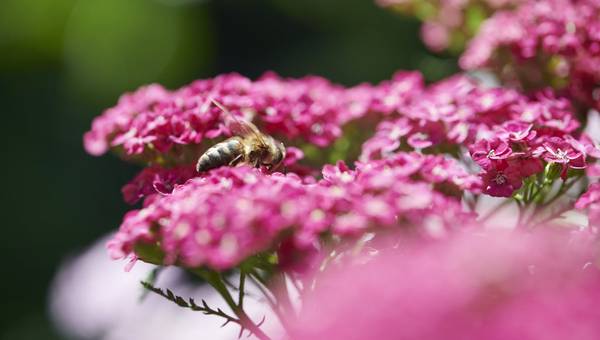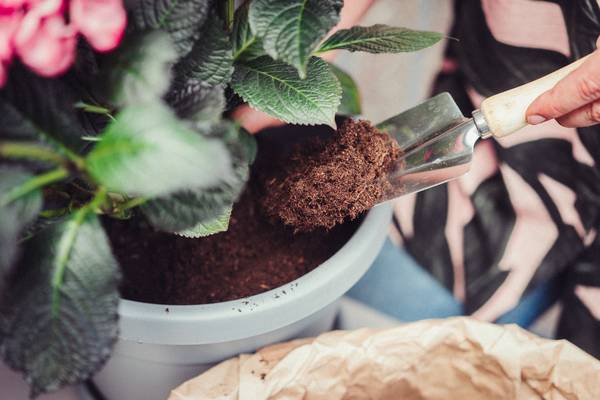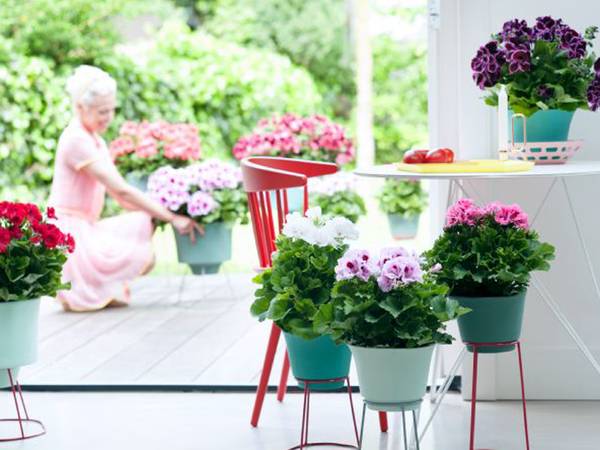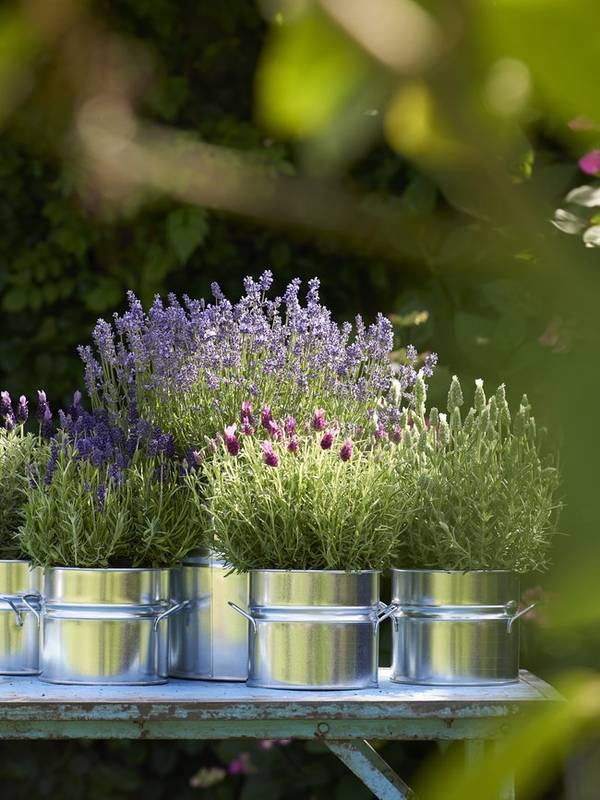
Care
- Place chard in a sunny spot or in partial shade.
- Water the plants regularly, especially in drier weather.
- You can harvest from May to the end of October, and regular harvesting will also stimulate new growth.
- Pick the young tender leaves from the plant, but leave the heart intact.
- The plant grows quickly, and will be ready to harvest again within three weeks.
Colours and shapes
With the current boom in vegetarian eating, hardy chard (officially known as Beta vulgaris) is a having a renaissance. The plants grow to between 35 and 50cm high and feature eyecatching white, yellow, pink, orange or red stems that look similar to rhubarb. The leaves are difficult to ignore in a kitchen garden, promising tasty stews, savoury tarts and soups. The tubers, stems and leaves can all be cooked up together, creating a delicious vegetable accompaniment to a meal.
Origin
Sun-loving chard was first found in Italy. The plant comes from the amaranth family, the same as spinach, beetroot and quinoa. The taste is a cross between beet and spinach.
Trivia
- Chard contains twice as much iron as spinach.
- The red stems of the plant are often called its 'ribs'.






